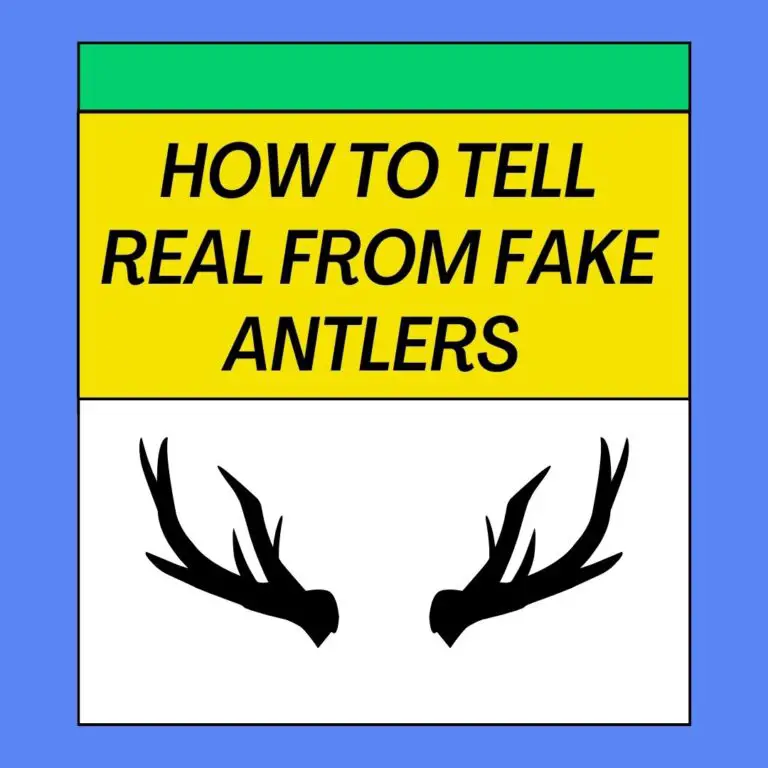
Possums, often confused with their distant relatives, opossums, are known for their peculiar behavior of “playing dead” when faced with a threat. This survival strategy, known as “tonic immobility” or “thanatosis,” can leave observers wondering whether the possum is genuinely deceased or just putting on an act. In this guide, we’ll explore how to distinguish between a possum that is playing dead and one that is actually lifeless.
Do Possums Really Pretend to Play Dead?
Yes, possums genuinely exhibit the behavior of playing dead. This survival strategy is not an act or pretense but a natural response to perceived danger.
When a possum enters a state of tonic immobility, it experiences physiological changes, such as slowed heart rate and muscle relaxation, which make it appear lifeless to potential predators.
Understanding Possum Behavior
Before we delve into the signs that indicate whether a possum is playing dead, it’s important to comprehend why these creatures employ this unusual defense mechanism:
1. Defense Mechanism
Possums are non-confrontational creatures with a range of defense mechanisms. When they feel threatened, one of their primary reactions is to go limp and fall to the ground, simulating death. This behavior is an attempt to deter potential predators who may lose interest in what appears to be a lifeless meal.
2. Thanatosis
Thanatosis, the technical term for playing dead, is a survival strategy that some animals, like rats and possums, use as a last resort. During thanatosis, the possum becomes limp, its mouth may hang open, and it may emit a foul-smelling fluid from its anal glands. It can remain in this state for minutes to hours.
Signs That Indicate a Possum Is Playing Dead
To determine if a possum is playing dead, consider the following signs:
1. Limb Limpness
Observe the possum’s limbs. If they are limp and floppy, it’s likely that the possum is playing dead. A truly deceased possum would have stiff limbs.
2. Blinking and Breathing
Carefully watch for any subtle signs of life. A possum that is playing dead may still blink its eyes or exhibit shallow breathing. If you see any movement, even slight, it’s likely alive.
3. Foul Odor
Possums often emit a foul-smelling odor from their anal glands when playing dead. If you detect a strong, unpleasant smell, it’s a sign that the possum is using this defensive tactic.
4. Tongue Position
Check the position of the possum’s tongue. A possum that is truly deceased may have its tongue hanging out, while a possum playing dead may keep its mouth closed.
5. Length of Immobility
Thanatosis is typically a temporary state. If the possum remains immobile for an extended period, it may be genuinely deceased. Possums usually “awaken” from this state once they sense the threat has passed.
What to Do if You Encounter a Possum Playing Dead
If you come across a possum that appears to be playing dead, it’s important to handle the situation with care and respect for wildlife:
- Maintain Distance: Keep a safe distance from the possum to minimize stress. Do not attempt to touch or pick it up.
- Reduce Stressors: Eliminate any potential threats or stressors, such as loud noises or approaching pets, to allow the possum to feel safe and eventually resume its normal behavior.
- Observe from Afar: If you’re unsure whether the possum is alive or playing dead, observe it quietly from a distance. In most cases, possums will eventually recover and move away on their own.
- Contact Wildlife Authorities: If the possum does not revive and you suspect it may be injured or truly deceased, contact local wildlife authorities or a licensed wildlife rehabilitation for guidance on how to proceed.
How can I tell if a opossum is truly dead?
Determining whether an opossum is truly dead or not can be challenging, as these animals may exhibit stillness and appear lifeless when they are actually in a state of shock or distress. Here are some steps to help you assess whether an opossum is truly deceased:
- Observe for Movement: Approach the opossum cautiously and observe for any signs of movement. Check if its chest is rising and falling, indicating breathing. If you notice any movement, even subtle ones like twitching or shallow breathing, it’s likely that the opossum is still alive.
- Check Responsiveness: Gently prod the opossum with a long, non-threatening object, such as a broom handle, from a safe distance. A live opossum may react to the stimulus by showing signs of distress, like twitching or attempting to move away.
- Examine the Eyes: Look closely at the opossum’s eyes. If they are partially open and the opossum does not blink when you touch near its eye, it may be deceased. However, keep in mind that some opossums may have their eyes partially open even when they are alive but in a state of shock.
- Check for Rigor Mortis: Rigor mortis is the stiffening of muscles that occurs after death. If the opossum’s limbs are stiff and immovable, it may be a sign of death. However, this process may take several hours to set in fully.
- Inspect for Injury or Blood: Examine the opossum for any visible injuries, bleeding, or signs of trauma. If you find severe injuries or blood loss, it’s more likely that the opossum has passed away.
- Assess Body Temperature: Touch the opossum’s body gently to gauge its temperature. A body that feels cold to the touch may indicate that the opossum has been deceased for a while. However, use caution, as a live opossum can still be quite cold when in shock.
- Check for Foul Odors: A deceased opossum may emit a foul odor as part of the decomposition process. If you detect a strong, unpleasant smell, it’s a sign that the opossum may be deceased.
- Monitor Over Time: If you’re unsure, it’s often best to monitor the opossum from a safe distance for some time. Opossums in distress or shock may recover and eventually move away on their own. Give it the opportunity to revive and leave the area.
- Seek Professional Help: If you are still uncertain about the opossum’s condition and suspect it may be injured, it’s advisable to contact local wildlife authorities or a licensed wildlife rehabilitator for guidance. They can assess the opossum’s condition and provide appropriate care if needed.
Which Animals Play Dead Besides Possums?
Several animals across different species employ the strategy of playing dead, often as a defense mechanism to deter predators. Some other animals known for this behavior include:
- American Bullfrog: Bullfrogs may go limp and float on their backs, appearing dead, to avoid being eaten by predators.
- Eastern Hognose Snake: These snakes often flip onto their backs and open their mouths to feign death when threatened.
- Virginia Opossum (Opossum): While possums are the most well-known for this behavior, other opossum species may also play dead.
- European Hedgehog: Hedgehogs can curl into a tight ball and become motionless when faced with danger.
- Chicken: In some cases, chickens may become immobile and feign death when a predator approaches.
- Short-Tailed Opossum: This small marsupial, native to South America, may also exhibit thanatosis when confronted by threats.
It’s important to note that playing dead is not a conscious choice for these animals but rather an automatic response to perceived danger. It is a survival strategy ingrained in their instincts.
Summary
Remember that possums are beneficial to the environment, as they help control insect populations and serve as prey for larger predators. Respecting their natural behaviors and allowing them to recover from a state of thanatosis is essential for their well-being and the balance of local ecosystems.






